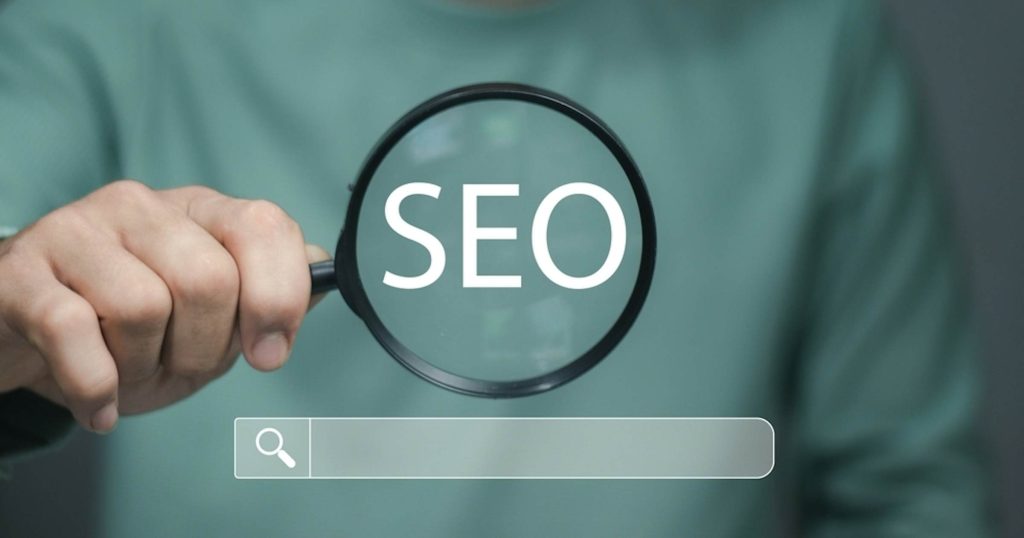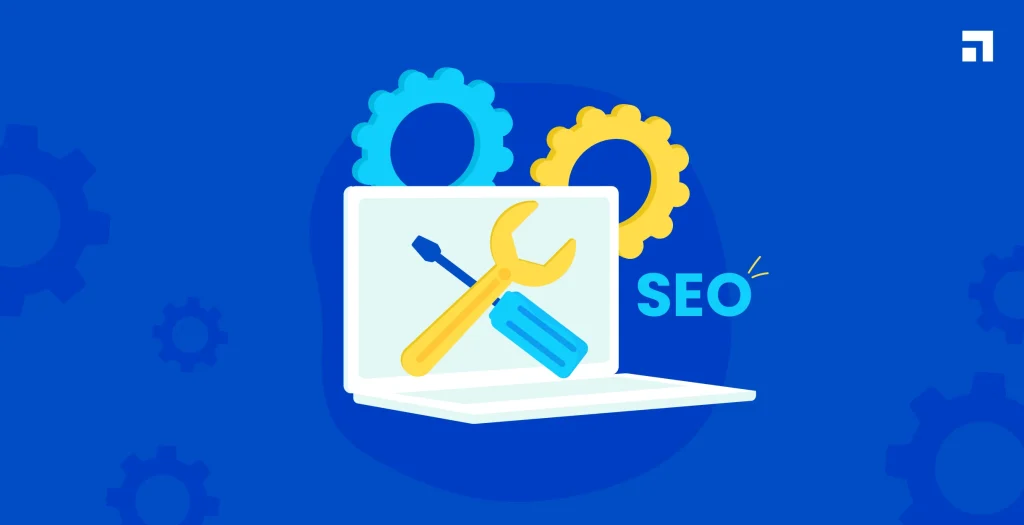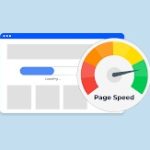The digital landscape demands more than just a beautiful website—it demands lightning-fast delivery. As we established, ignoring Page speed is a critical error in modern Search Engine Optimization (SEO). The impact of a fast-loading page extends far beyond the basic user experience; it influences how effectively your carefully crafted content performs on the search engine results pages and how Google measures your overall brand authority. Consequently, optimizing speed is not just a technical fix, but an integrated SEO strategy that boosts the efficacy of your keywords, amplifies your local presence, and secures the trust that leads to higher conversion rates.
The Core Problem: Why Google Cares About Page Speed
The entire mission of the Google search engine is to provide the best possible user experience. A slow-loading page fundamentally fails that mission. Therefore, Google has embedded Page speed deeply into its core ranking factors.
1. User Experience (UX) and Engagement
Page speed is the first impression your brand makes, and it significantly impacts how a user interacts with your site.
- Bounce Rate: Studies show that if a website takes more than three seconds to load, the likelihood of a user “bouncing” (leaving the page immediately) skyrockets. A high bounce rate signals to the search engine algorithm that your site is failing to satisfy search intent, which negatively impacts your SEO performance.
- Engagement rate: Faster sites encourage users to view more pages per session and spend more time engaging with your web content. This positive user behavior tells Google your site is providing high-quality content, thereby boosting your ranking in search results.
- Mobile-First Indexing: Since the majority of search traffic now comes from a mobile device, Google uses your mobile page speed as the primary basis for ranking. If your website crawls on a mobile connection, your entire online presence suffers.
Therefore, improving Page speed is not just an SEO strategy; it’s a direct investment in a better customer experience and higher Engagement rate.
2. Crawl Budget and Search Index Efficiency
A slow website doesn’t just annoy users; it slows down the search engine crawlers that index your content.
- Crawl Budget: Google allocates a limited “crawl budget” (the time and resources it spends crawling your website) based on the size and performance of your site. If your pages load slowly, the search engine crawlers spend more time waiting, consuming the budget before they can index all your valuable content.
- Faster Indexing: By optimizing for speed, you allow the search engine to crawl more pages in less time, ensuring your newest blog posts or updated service pages get indexed and appear in Search results faster.

Actionable Strategies: How to Supercharge Your Website Speed
Boosting your website speed is a comprehensive process that requires diving deep into technical SEO. Here are the primary factors to address immediately.
3. Content Optimization and Delivery
The sheer size and delivery method of your website content often cause the most significant delays.
- Image Compression: Images are typically the single largest bottleneck. Every image must be compressed to the smallest possible file size without sacrificing perceptible quality. Use next-gen formats like WebP where possible. Ensure all images have accurate Alt-text descriptions for accessibility and improved image search visibility.
- Video Content Management: If you use Videos (or other multimedia), ensure they are hosted externally (like on YouTube) and embedded efficiently. Never auto-play large video content, as this drastically hurts initial Page speed.
- Code Minification: HTML, CSS, and JavaScript files should be minified—meaning removing unnecessary characters, comments, and white spaces—to reduce the file size and load time.
Furthermore, implementing a Content Delivery Network (CDN) is a non-negotiable step. A CDN stores copies of your website content on multiple servers globally, delivering it to the user from the server geographically closest to them, which drastically reduces load time.
4. Code Structure and Technical Architecture
The foundation of your website architecture must be clean and streamlined for peak performance.
- Leverage Browser Caching: Configure your server to tell user browsers to store parts of your page locally. This means when a customer returns to your site, the page loads instantly.
- Prioritize Above-the-Fold Content: Ensure that the most critical visual elements (the text, images, and call-to-action that the user sees without scrolling) load first. Defer the loading of less important HTML and JavaScript until the primary content is ready. This is known as “render-blocking resource removal.”
- Reinforcing Keyword Relevance with Speed: A fast page validates the promise made in the search engine results pages (SERPs). Ensure the Title tags and Meta Descriptions you meticulously crafted with your target keywords and keyword phrases are supported by a near-instantaneous load time. If a user clicks based on a strong Title tags and then experiences a long wait, the entire SEO effort is wasted. This speed validation is crucial for reducing friction and maximizing the impact of your chosen keywords.
- URL Structure and Redirects: Maintain a clean URL structure and audit your site for unnecessary redirects. Each redirect forces the user‘s browser to make an extra request, adding precious milliseconds to the load time.
Ultimately, addressing these core technical issues should be part of a robust SEO plan managed by dedicated Web Content Strategists.
Measuring Success: Metrics That Matter
You can’t improve what you don’t measure. The Google ecosystem provides powerful tools to monitor and diagnose Page speed issues.

5. Google’s Core Web Vitals (CWV)
These three specific metrics are the official Google ranking factors for user experience:
- Largest Contentful Paint (LCP): Measures the time it takes for the largest piece of content (usually a hero image or main Title) to load on the page. Goal: Under 2.5 seconds.
- First Input Delay (FID): Measures the time until the page becomes interactive (e.g., how quickly a user can click a button or scroll after the page starts loading). Goal: Under 100 milliseconds.
- Cumulative Layout Shift (CLS): Measures the visual stability of the page—how often elements shift unexpectedly while the user is trying to view or interact with them. Goal: Below 0.1.
Therefore, running regular audits using tools like Google Search Console (Search Console) and PageSpeed Insights is mandatory to track these scores and diagnose specific page faults.
6. Linking Speed to SEO Metrics and Authority
Faster Page speed translates directly into better SEO performance across the board:
- Higher Click-Through Rates (CTR): Google may reward faster-loading sites with a slightly better position on the search engine results pages (SERPs), increasing your visibility and the chance of earning clicks.
- Improved Keyword Rankings: A faster site with better Engagement rates will see its keyword rankings improve organically because Google’s search algorithm trusts the site more.
- Authority and Local SEO Boost: A highly reliable and fast website reinforces domain authority. In addition, speed is absolutely vital for local SEO success. When a customer performs a local search for a limo service, they are usually on a mobile device and need information instantly. A fast page improves your qualification for high-priority local placements and better supports your Google Business Profile (GBP) link clicks, which is a major ranking factor in the local map pack.
- Increased Conversion Rate: For limo services, the conversion rate is typically a form submission or a direct call-to-action. A faster-loading form page means less friction and a higher chance of turning a visitor into a paying customer. This is where SEO directly impacts sales.
Part 7: The Structural and External Trust Signals
Achieving top Search rankings on search engines like Google and Bing requires managing your site’s architecture and external credibility. This structural integrity is a crucial, often-overlooked SEO factor.
- Internal Linking and Backlinks: The health of your website traffic depends on your internal links (to distribute authority across your relevant content) and high-quality backlinks from authoritative sites. Regularly auditing for broken links is essential for maintaining user experience and crawlability. Furthermore, the anchor text of these links must align with your keyword research to reinforce the context of the linked page.
- Structured Data and Features: Implementing structured data (or schema markup) allows your content to qualify for rich results and featured snippets on the search engine results pages. These enhanced features boost your visibility and organic traffic significantly, converting more search queries into clicks.
- Audience Engagement Across Channels: While organic search is the goal, marketers must leverage Social media and community engagement to amplify relevant content. This cross-channel activity drives valuable website traffic and signals relevance to search engines. Use analytics tools to track how effectively your content is generating organic search traffic.
- Sitemap and Indexing: A well-structured sitemap ensures all your vital content is known to the search engines and included in their search index. Consistently monitor your sitemap via Google Search Console to identify and resolve any indexing errors.

Why Choose LinkLumin
LinkLumin delivers exceptional custom Digital Marketing solutions, specializing in the complex technical SEO needs of the limo industry across the USA & Canada. We don’t just optimize content and keywords; we delve deep into your website architecture to fix core Page speed issues that hurt your ranking. By meticulously managing Core Web Vitals and ensuring a seamless mobile device user experience, we guarantee that your online presence converts high-intent search traffic into valuable leads.
Conclusion
In the competitive world of luxury ground transportation, speed is everything—both on the road and online. Improving website speed is the most foundational SEO strategy because it simultaneously pleases the user and satisfies the technical demands of the search engine. By prioritizing Page speed through efficient Content Optimization and technical clean-up, you directly boost your ranking potential, increase click-through rates, and significantly improve your conversion rates.
Call to Action Is your slow website costing you traffic and leads? Request a free technical SEO audit from LinkLumin today and discover how much faster your site could be!
Tags




